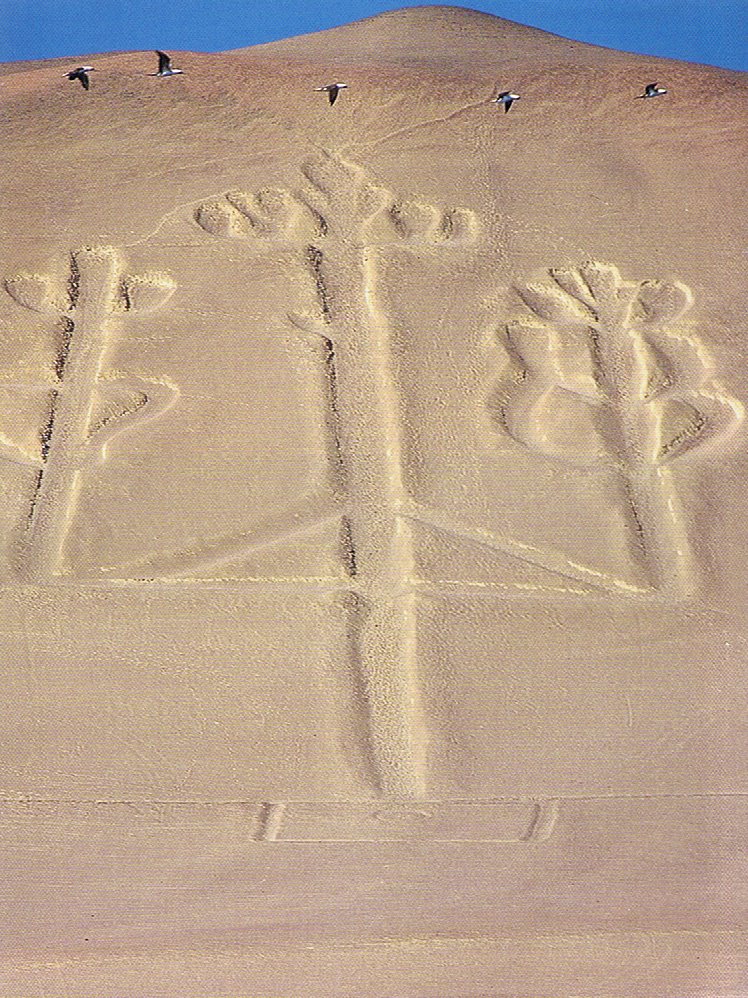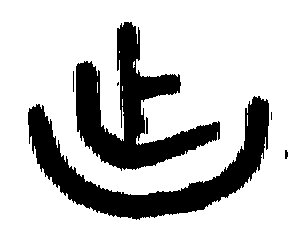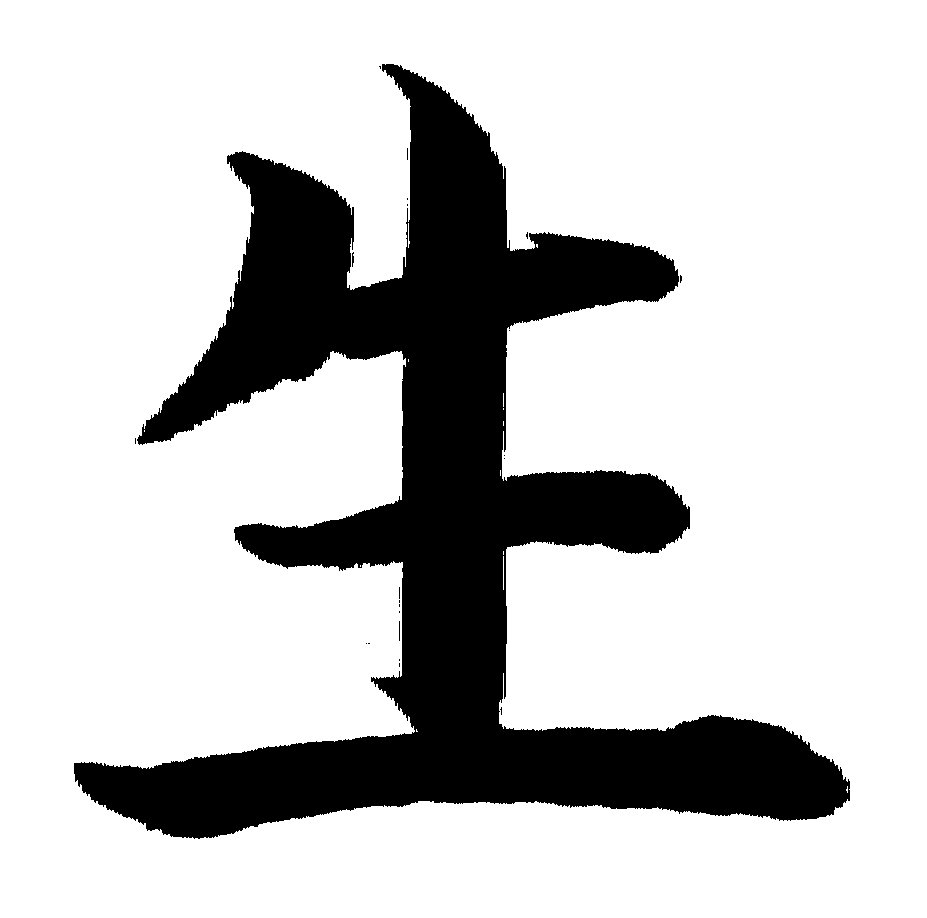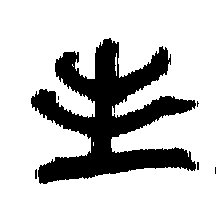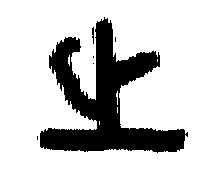|
TRANSLATIONS
If the Ackawois indians of British Guyana, the ancient Egyptians, the old Chinese and the Arabs have certain fundamental ideas about life and death in common, that should not surprise us. I cite myself: '... Polynesia of old should be regarded as it is: Situated on the other side of the earth not just literally. Not much in common except that we are all humans. Slowly we in western society are beginning to accept that Homo Sapiens is the same all over the earth and that nothing has happened on that point at least for the last 50,000 years ...' There is a common human ground: the mystery of life and death. What happens at the end of the year? The old year is 'vanishing' (or 'dies' as we moderns more brutally would say). The Ackawois tell the story in a more beautiful fashion: '... In order to diffuse the benefits of the tree all over the world, Sigu resolved to cut it down and plant slips and seeds of it everywhere, and this he did with the help of all the beasts and birds, all except the brown monkey, who, being both lazy and mischievous, refused to assist in the great work of transplantation ...' Time goes on, it does not stop. A new year is (like Phoenix) emerging from the ashes of the old. From the (old) coconut tree a nut will be released and from that nut a new plant will grow (making the 'transplantation' complete). This investigation of the rongorongo texts has made me more sensitive to mother nature. During the morning walk with my dogs in the forest I noticed that fir cones were dropping to the forest floor. This phenomenon does not happen very often, but I have by experience learned that the firs know when to drop their cones - a spring rain will soon arrive. In the Japanese language deguchi means 'exit' (as in Ana-iva, 'pillar of exit', Phaed) and it is written with two signs, the first one similar to a tree and the second one similar to a square sun:
This does not prove that we have a tree at left and a sun at right (the way of writing these initially Chinese signs makes it inconvenient to draw circular objects, therefore we should accept that the square shape at right is to be read as a circle). If we reflect about life and death and how to picture these in a symbolic way, then it would not be wrong to see a tree (of life) at left and a circular (opening) at right. From caves and other openings life has a tendency to emerge. One of the very first signs to learn (when studying Japanese) is how to draw the sun. It is drawn as a circle with a central dot (though stylized into a square form with a horizontal line instead of a dot):
The circle without dot (representing kuchi) therefore does not depict the sun, instead what we see is an open mouth. The 'tree' (representing de- in deguchi) looks like two 'mountain' (yama) signs one upon the other:
At this point it is impossible to overlook the 'Candelabra of the Andes', the gigantic drawing on a South American mountain side:
Possibly it is an illustration of the tree of life (standing upon a rectangular base with a circular hole in the middle). Henshall proposes the mnemonic 'mountain emerging atop another' for remembering the shape of the sign for the 'tree' (de-). But he also explains that the origin of the sign is disputed. It has evolved from what clearly is neither a tree nor a mountain on top of another:
The boatlike bottom part of this old sign has as a 'passenger' a sign which is recognized as the sign for tomeru:
The sign has evolved from an ancient one which clearly illustrates a 'left foot'; which sign "... originally meant 'foot', but also came to mean 'stop', from the idea of 'planting the foot'. Confusingly, it can also be used in compounds to mean 'move', from the idea of a 'trail of footprints' ..." I think that we are now very close to understand the meaning of GD29:
The stylized leg may be meant to illustrate the concept of 'stop' (e.g. for the old year). But equally well we must understand that time does not really stop, time 'confusingly' moves on. Only by the 'exit' of the old year may a new year emerge. In the Hawaiian story this was made very clear - Ulu had to die in order to give life to his son Mokuola: '... He became a mighty warrior in those days, and was known throughout all the island, so that when he died, his name, Mokuola, was given to the islet in the bay of Hilo where his bones were buried; by which name it is called even to the present time ...' Hilo is a name which gives us a further clue, because we should recognize that word as the appellation for an emerging new season. In the Mamari moon calendar Ohiro is the very first night when the new moon appears:
The mnemonic Henshall proposes for the tomeru sign is 'footprints stop above line'. That is not too bad a translation I think. However it focuses on the 'exit' meaning, while - I presume - in olden times they would rather focus on the 'emerging new life'. Likewise his mnemonic 'mountain emerging atop another' (for the 'tree' sign) is no evident reminder about the meaning of de-, viz.'emerge', 'put out'. You can put out a flame by blowing on it, but you can also put out on the water a canoe (formed like the crescent of the new moon) with a newly lit candle on board (symbolizing new life). 'The Loy Krathong-feast was held in Sundsvall yesterday. It is a feast for Thai people when they celebrate and thank the Water Goddess. People go down to the sea and put afloat a little boat made of banana leaves. Inside there is a little lighted candle ...' Here must be mentioned a further sign, a sign which has evolved from a pictograph of a 'growing plant':
The sign means 'life', 'birth', 'grow' and Henshall proposes the mnemonic 'growing plant is a symbol of life'. He also says that there is another pictograph of a plant:
which 'confusingly' has evolved into a modern sign with the same shape as that used for tomeru ('foot', 'stop', 'move on'):
Could it be said more clearly? A left (old) foot and a growing (new) plant are very close in meaning. It seems probable that the old Chinese at first saw the 'transplantation' from one year to the next as a matter best described by a real little plant on board a banana leaf (or similar). Later (or earlier? or in another culture?) a little lighted candle instead became the 'passenger'. If there was a little plant on board, then there must have been a 'parent', maybe a big wonderful tree like the 'tree of life' the Ackawois indians told about. The 'parent' - the Ackawois said - was 'transplanted'. Changing the frame of reference and talking about the old year as an old person and the new year as a newborn baby, the idea of cutting down the old 'tree' to allow the new 'plant' room to grow presumably lived on. The old generation must stand back for the new generation. There must be an 'exit' for the old generation. They have to 'stop' or there will be no rejuvenation. In the story about Ure Honu 'He went and came to the last part, to the 'head' (i.e., the upper part of the banana plantation), to the end of the banana plantation ...' where he found the head (nut) of Hotu A Matu'a. The 'head' of the banana plantation surely symbolizes the end of the old year. But shouldn't the end of the old year be symbolized by a 'foot', rather than by a 'head'? The explanation is that the 'head' stands for the 'nut', i.e. the fundament for the new year. The complex of ideas around new year may perhaps be interpreted in the Tahua text like this:
|
||||||||||||||




